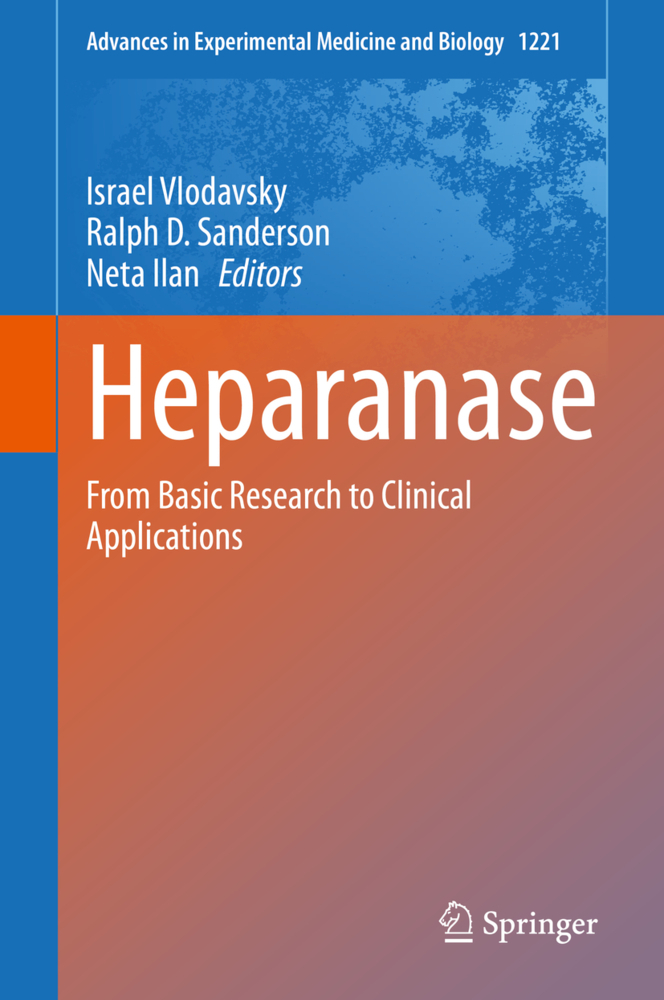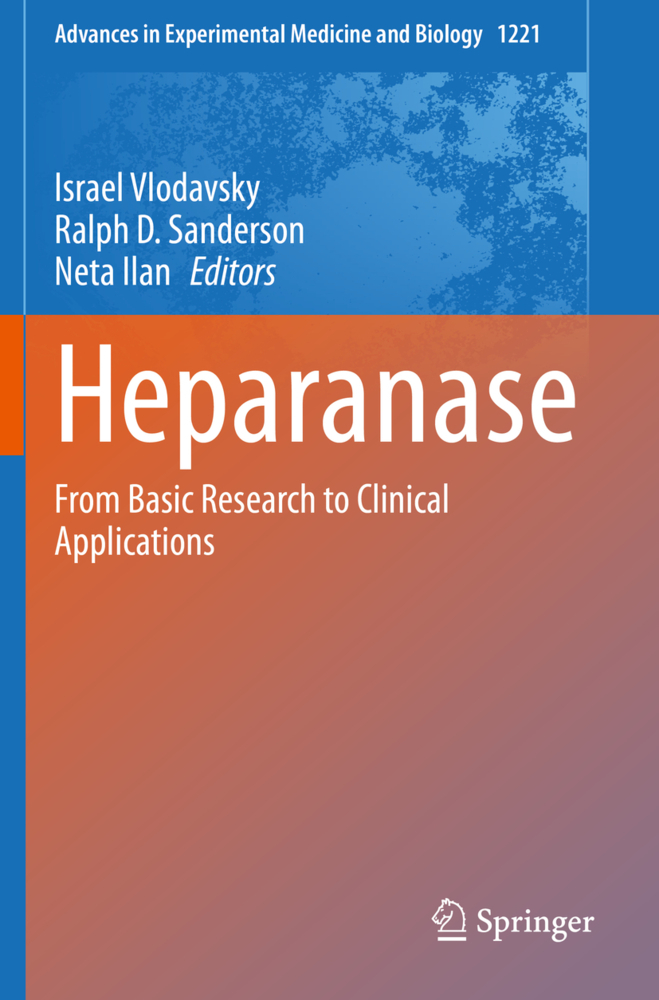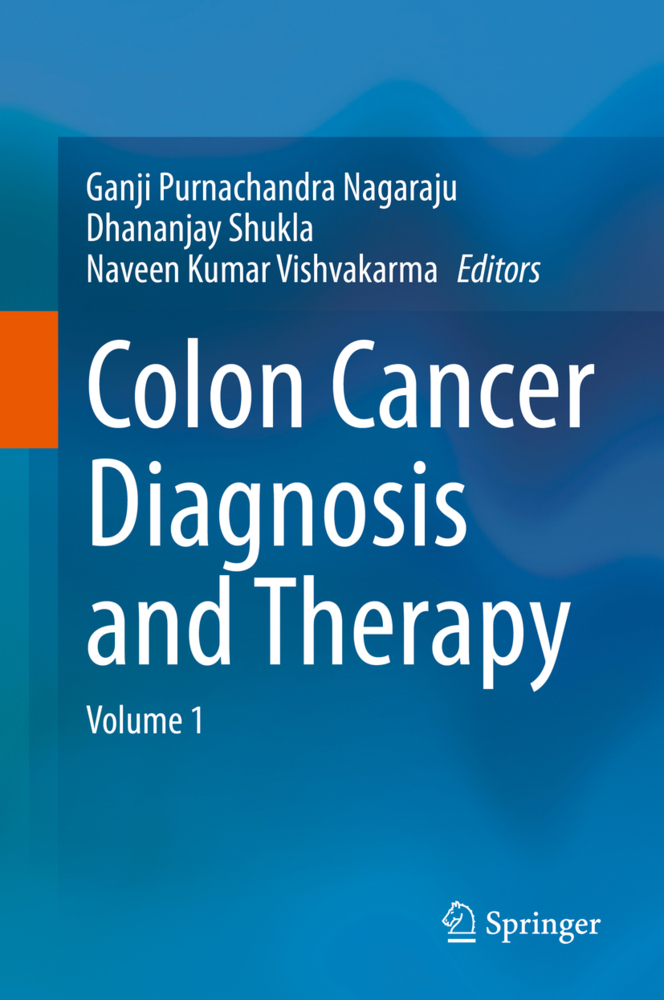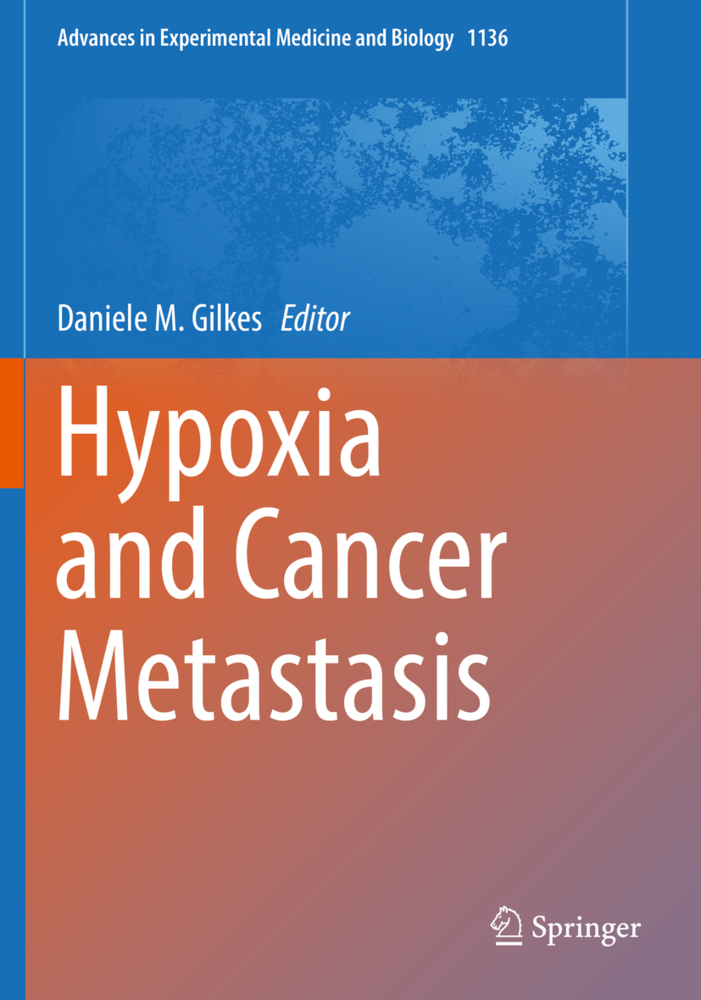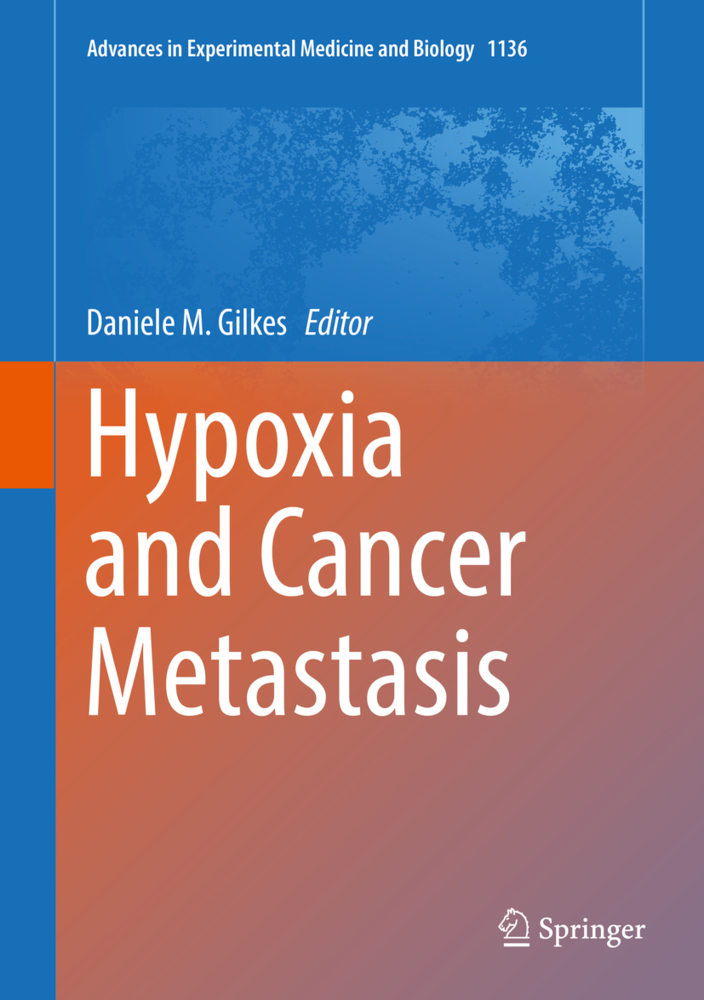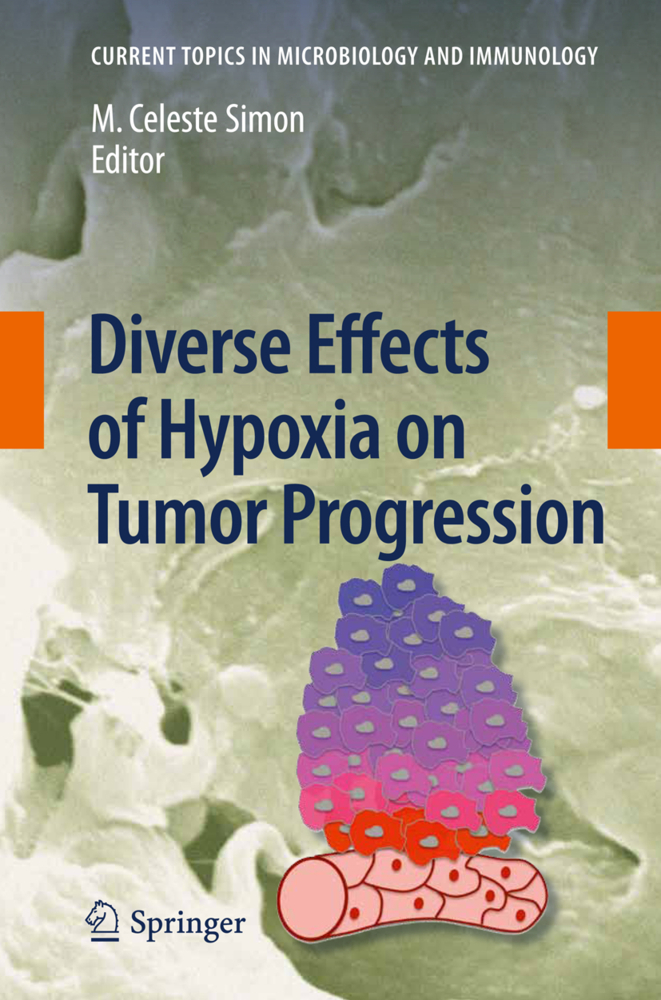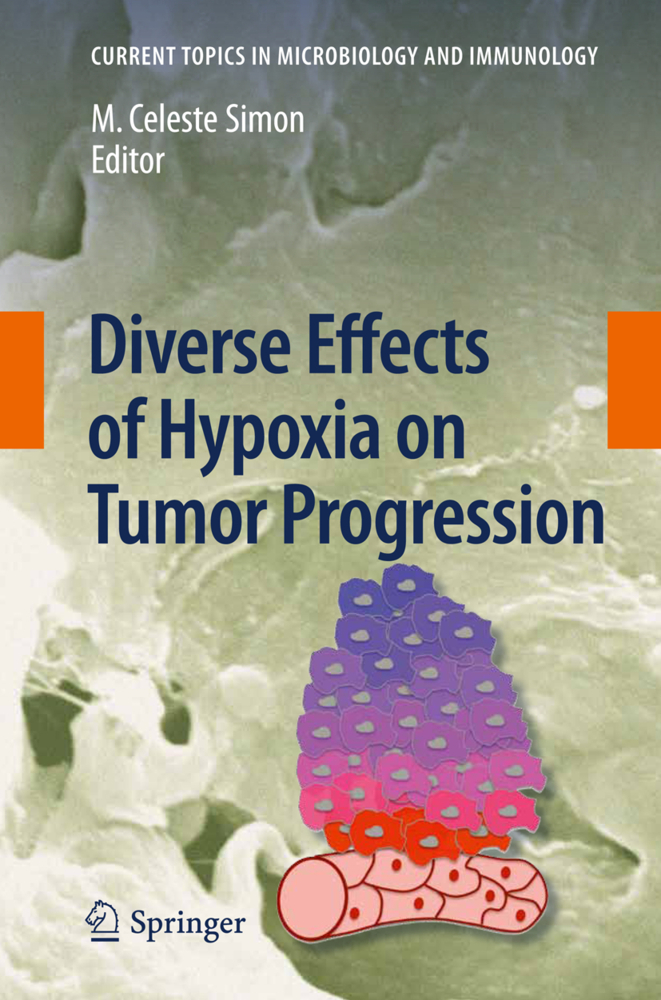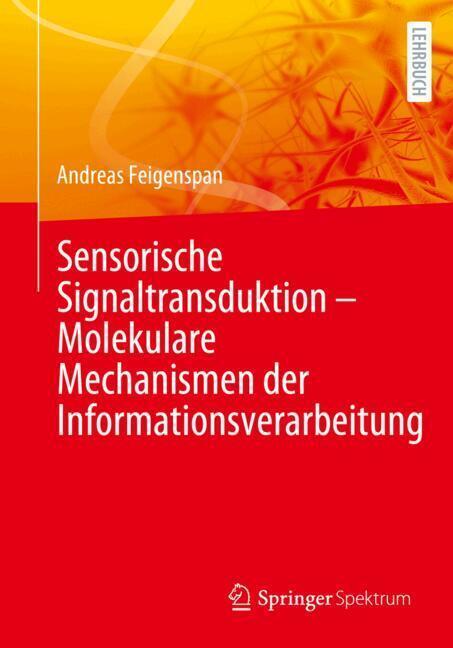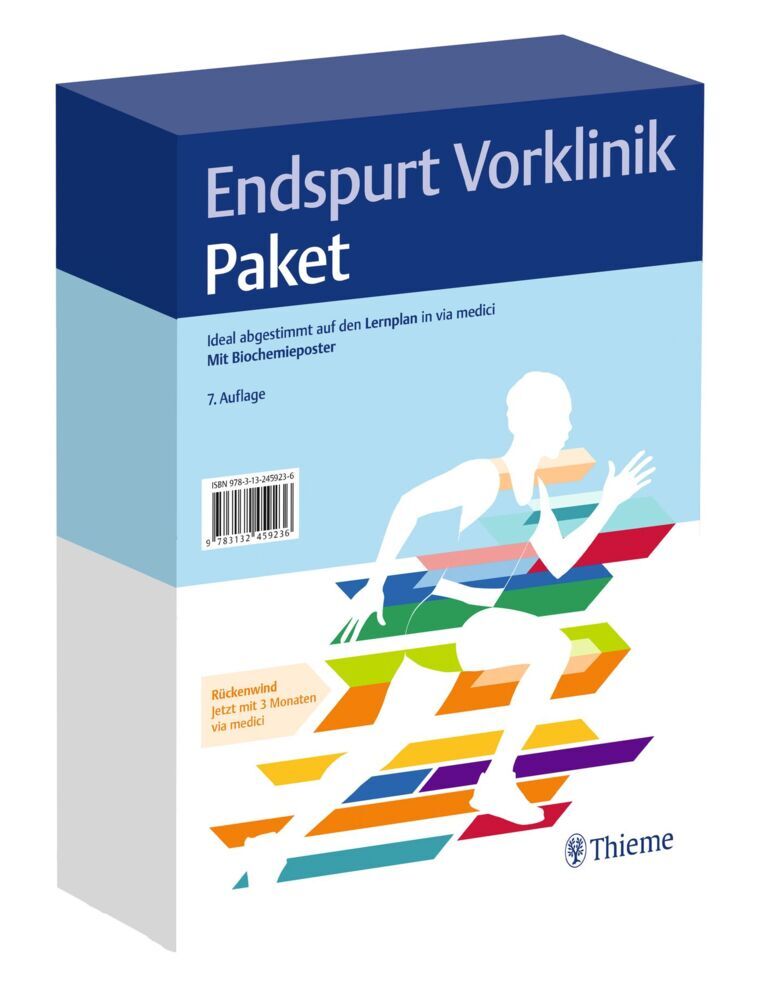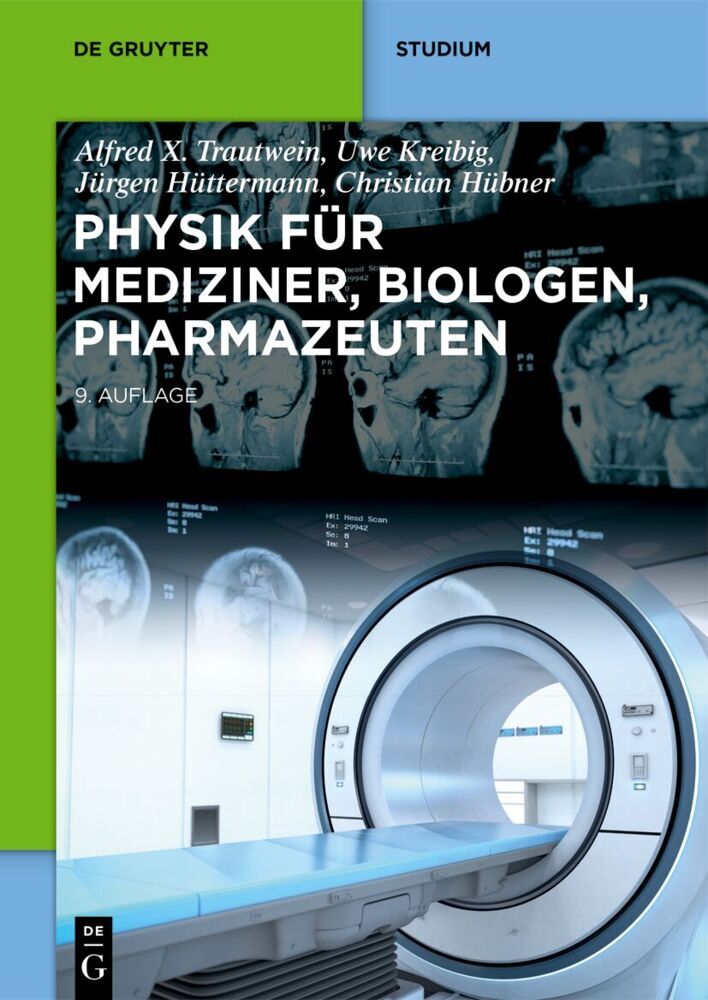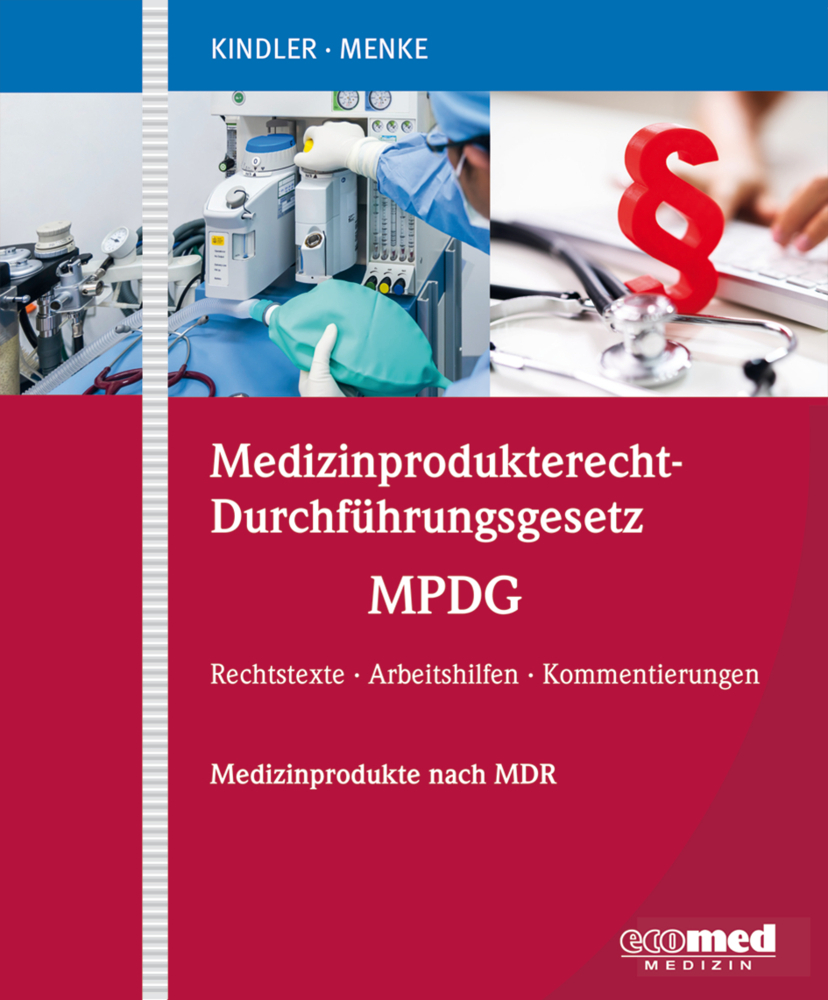Heparanase
Written by internationally recognized leaders in Heparanase biology, the book's eight chapters offer an opportunity for scientists, clinicians and advanced students in cell biology, tumor biology and oncology to obtain a comprehensive understanding of Heparanase's multifaceted activities in cancer, inflammation, diabetes and other diseases, as well as its related clinical applications.
Proteases and their involvement in cancer progression have been well addressed and documented; however, the emerging premise presented within this book is that Heparanase is a master regulator of aggressive cancer phenotypes and crosstalk with the tumor microenvironment. This endoglycosidase contributes to tumor-mediated remodeling of the extracellular matrix and cell surfaces, augmenting the bioavailability of pro-tumorigenic and pro-inflammatory growth factors and cytokines that are bound to Heparan sulfate. Compelling evidence ties Heparanase with all steps of tumor progression including tumor initiation, growth, angiogenesis, metastasis, and chemoresistance, supporting the notion that Heparanase is an important contributor to the poor outcome of cancer patients and a validated target for therapy. Unlike Heparanase, heparanase-2, a close homolog of Heparanase, lacks enzymatic activity, inhibits Heparanase, and regulates selected genes that promote normal differentiation and tumor suppression. Written by internationally recognized leaders in Heparanase biology, this volume presents a comprehensive understanding of Heparanase's multifaceted activities in cancer, inflammation, diabetes and other diseases, as well as its related clinical applications to scientists, clinicians and advanced students in cell biology, tumor biology and oncology.
Section 1: Historical Background
Chapter 1: Mast cell/platelet heparanase/Heparan sulfate biosynthesis and turnover
Chapter 2: gene cloning/overview
Chapter 3: gene cloning/melanoma metastasis
Chapter 4: gene cloning/cancer/immune system
Chapter 5: heparin/HS modifying enzymes
Section 2: Crystal Structure/substrate specificity/gene regulation
Chapter 6: crystal structure
Chapter 7: molecular dynamics, KKDC peptide
Chapter 8: Biochemistry/active site
Chapter 9: substrate specificity
Chapter 10: gene regulation, promoter/Egr1/methylation
Chapter 11: SNPs
polymorphism
Chapter 12: Splice variants
Section 3: Cell & tumor biology (general functions & mode of action)
Chapter 13: Exosomes/heparan sulfate/heparanse
Chapter 14: Exosomes/drug resistance
Chapter 15: Nuclear heparanse/transcriptional activity
Chapter 16: Non-Enzymatic functions/Signal transduction/cellular trafficking/autophagy
Chapter 17: Heparan sulfate/stem cells/inflammation
Chapter18: Danger signals/HS/platelet heparanse
Chapter 19: Heparanse/Intergrins/Melanoma
Section 3: Immune Cells/Immnuno-Modulation
Chapter 20: Heparain. Heparanse and Selectins in Cancer Metastasis and Inflamation --- Chapter 21: Trans-Endithelial Migration, Lymphocytes, Neutrophils/T-cells --Chapter 22: Macrophages, dendritic cells, autoimmunity
Chapter 23: Macrophages, Heparanse and the tumor microenvironment, neutralizing antibodies
Chapter 24: NK Cells
Section 4: Cancer (heparanse in specific types of cancer)
Chapter 25: Myeloma, inhbition, drug resistance
Chapter 26: Breast Cancer/Pancreatic Cancer/Cancer and Inflammation
Chapter 27: Brain Metastasis/MIR-1258
Chapter 28: Gastric cancer/immunization
Chapter 29: Head and Neck Cancer
Chapter 30: Glioma
Chapter 31: Sarcoma
Section 5: Inhibitors/clinical trails/cancer
Chapter 32: Chemistry/synthesis of heparanse inhibitors PI-88, PG
Chapter 33: PG series/biology/Tumor models and clinical trial
Chapter34:Chemically modified heparins/Heparin mimetics
Chapter 35: Medicinal Chemistry (Ronesparstat/small molecules/clinical trials) - Section 6: Other indications/diseases
Chapter 36: IBD/inflammation and cancer/diabetes/obesity
Chapter 37: Immune Diabetes
Chapter 38 Inflammation, Sepsis/Amyloidosis
Chapter 39: Kidney dysfunction
Chapter 40: Fibrosis
Chapter 41: Viral infection
Chapter 42: Cariomyocytes/Endothelial cell-cardiomyocyte crosstakl in diabetic cariomyopathy
Chapter 43: Eye research
Chapter 44: atheroscelerosis, nuclear localization
Chapter 45: Yona Nadir (coagulation/tissue factor)
Section 7: Heparanse-2 (Hpa2)
Chapter 46: Hpa2 gene cloning
Chapter 47: UFS
urofacial syndrome/peripheral neuropathy
Chapter 48: Hpa2: tumor suppressor.
Vlodavsky, Israel
Sanderson, Ralph D.
Ilan, Neta
| ISBN | 978-3-030-34520-4 |
|---|---|
| Artikelnummer | 9783030345204 |
| Medientyp | Buch |
| Copyrightjahr | 2020 |
| Verlag | Springer, Berlin |
| Umfang | XVIII, 885 Seiten |
| Abbildungen | XVIII, 885 p. 168 illus., 107 illus. in color. |
| Sprache | Englisch |

